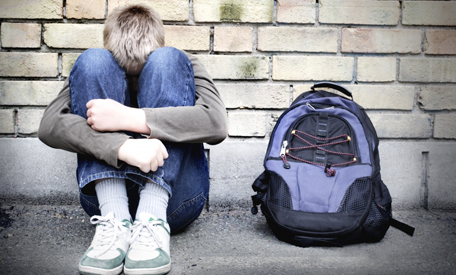Intervention: A Critical Response to Bullying in Schools

Intervention: A Critical Response to Bullying in Schools: Strategies for Prevention and Intervention
Bullying, a pervasive issue in schools, can have devastating consequences for students’ physical, emotional, and academic well-being. As such, timely and effective intervention is paramount in addressing this harmful behavior.
Understanding Bullying and Its Impact
Bullying refers to intentional, repeated, and harmful behavior that creates an imbalance of power and can manifest in various forms, including physical, verbal, social, and cyberbullying. Its impact on students is profound, leading to:
* Increased anxiety, depression, and low self-esteem
* Difficulty concentrating and participating in class
* Absenteeism and school dropout
* Physical injuries and health problems
* Suicidal thoughts and behaviors

Types of Effective Interventions
Effective interventions for bullying involve a comprehensive approach that addresses individual, group, and school-wide factors. These may include:
* Individual Mediation: Focused on supporting the victim and the bully, providing counseling, anger management, and social skills training.
* Group Mediation: Involve peer support groups, mediation, and restorative justice programs that facilitate dialogue and empathy-building.
* School-Wide Interventions: Create a positive school climate through anti-bullying policies, staff training, and student empowerment programs.
Roles of Teachers and Parents
Both teachers and parents play crucial roles in addressing bullying:
* Teachers: Establish clear expectations and consequences for bullying behavior, monitor students, and create a classroom environment that fosters respect and inclusion.
* Parents: Talk to their children about bullying, listen to their concerns, and support their efforts to report and resist bullying.
Importance of Timely Mediation
Research consistently underscores the importance of timely Mediation in preventing the escalation of bullying and its negative consequences. Studies have shown that:
* Students who experience bullying and do not receive help are more likely to develop mental health problems and academic difficulties.
* Schools with effective anti-bullying programs have lower rates of bullying and improved student outcomes.
Resources and Strategies for Schools and Families
Schools and families can promote a supportive environment through:
* Developing and implementing comprehensive anti-bullying policies and procedures.
* Training staff and students on bullying prevention and Mediation strategies.
* Establishing anonymous reporting systems and encouraging students to speak up about bullying.
* Collaborating with parents and community organizations to provide support and resources.
Conclusion
Intervention is essential in addressing bullying and mitigating its harmful effects on students. By implementing effective interventions that involve teachers, parents, and the school community, we can create safe and supportive learning environments where all students can thrive. Ignoring bullying has severe emotional and psychological implications, potentially leading to long-term consequences. Proactive measures and timely intervention empower students, foster positive school climates, and ultimately contribute to the well-being and success of all students.

